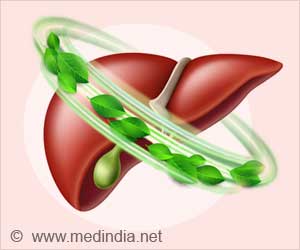
‘Risk factors for ODO include younger age, inpatient surgery and increasing hospitalization duration, baseline depression, tobacco use, and chronic obstructive pulmonary disease.’
Tweet it Now
ODO and the risk factors"Using these risk factors, we can identify patients at the highest risk for ODO, and tailor specific pain and follow-up regimens for them that carry the least consequences," explained lead investigator Gopal N. Gupta, MD, of the Department of Urology, Loyola University Medical Center. "Perhaps the greatest and most rapid impact can be made if physicians reduce over prescription of opioids and seek alternative pain management strategies. Vigilant monitoring of aberrant behavior such as early refill requests, treatment noncompliance, and reports of lost or stolen prescriptions will improve the recognition of signs of abuse."
Using data from 2007 to 2011 for more than 675,000 patients from the Healthcare Cost and Utilization Project (HCUP) for California that included information on patient discharge, outpatient surgeries, and emergency department records, researchers were able to link surgical records to postoperative diagnoses of ODO occurring within one year of surgery.
Comparing patients in whom ODO did or did not occur, those who overdosed were younger (median age 50 vs 62 years), more likely to be Caucasian (63.4% vs 57.3%) or African American (9.5% vs 3.6%), and less likely to have undergone ambulatory surgery (18.0% vs 57.8%) compared to patients who did not overdose. Patients who overdosed were more likely to have been diagnosed with depression (15.0% vs 3.4%) or be a tobacco user (28.2% vs 15.7%), and less likely to have cancer (17.2% vs 22.8%).
For patients younger than 65 years who were on Medicare or Medicaid, and individuals who self-paid for insurance, the risk of ODO was 2.1 to 3.0 times higher than patients with private insurance. Medicare patients 65 years old or older were not found to be at increased risk for ODO.
Advertisement
"Opioid prescription is as deeply entrenched in the rituals of surgery as the act of donning gown and gloves. The ability to perform surgical interventions has always depended on the availability of analgesia, and opioids have long represented an indispensable component of care," they write. Yet, with many studies showing the variation and extent of high dose opioid prescriptions and persistent use after surgery, there is a concern that urologists might be contributing to the opioid crisis.
Advertisement
Dr. Leapman and Dr. Kaplan recommend that, "As attitudes toward opioids are rapidly changing, a balance must be struck between highly restrictive and overzealous prescribing. In light of sobering national statistics of misuse, all clinicians are tasked to embrace responsible prescribing. A middle ground appears possible that reeducates toward demystifying dosing strategies, maximizing patient safety, and preserving a clinician's judgement."
Source-Eurekalert













